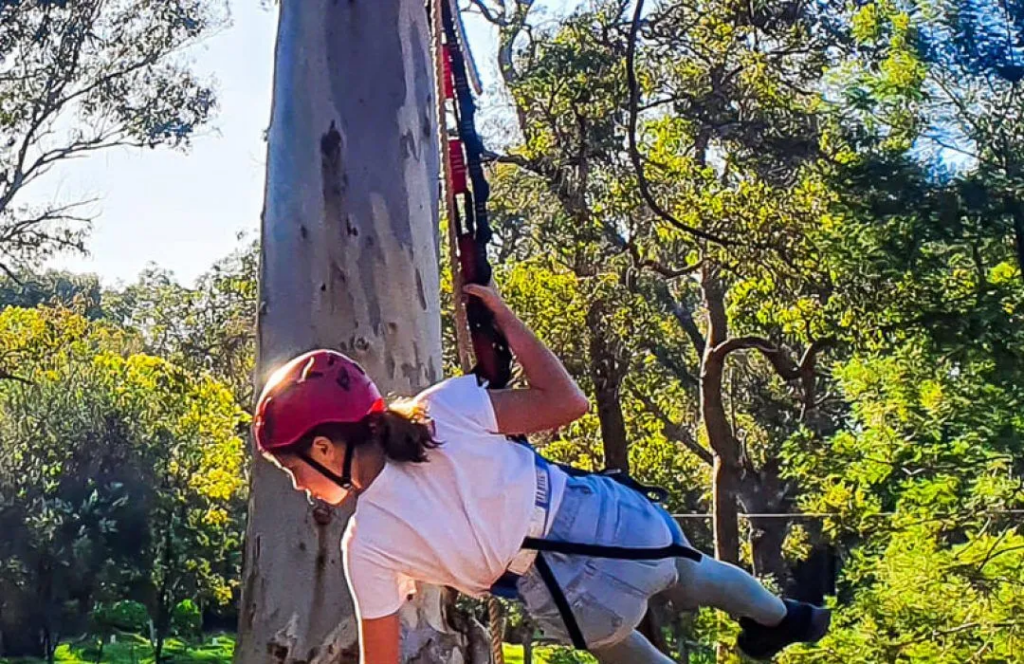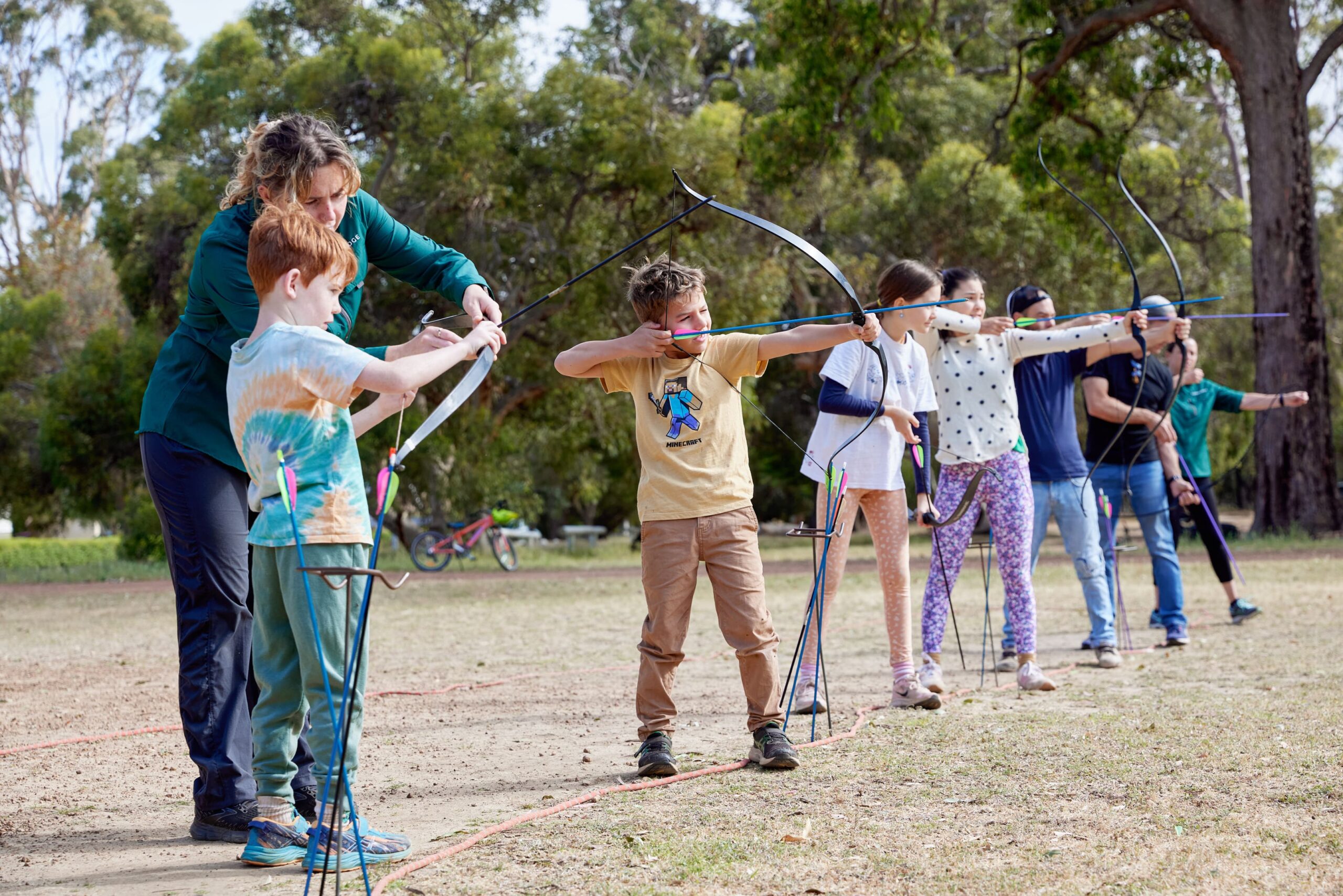Introducing your child to high ropes courses can be an exciting and rewarding experience. Not only do these activities offer a thrilling adventure, but they also help build essential life skills such as confidence, teamwork, and problem-solving. If you’re considering getting your child involved in high ropes, this guide will provide you with everything you need to know to ensure a safe and positive experience.
Understanding the Benefits of High Ropes Courses
High ropes courses are designed to challenge participants physically and mentally by navigating through various obstacles suspended high above the ground. These activities require balance, coordination, and determination, making them an excellent way for children to develop both their physical and mental abilities.
Building Confidence
One of the primary benefits of high ropes courses is the boost in confidence that children often experience. As they tackle each obstacle, they learn to trust their abilities and push beyond their comfort zones. This newfound confidence can extend beyond the ropes course, helping them face challenges in other areas of their lives.
Enhancing Teamwork Skills
High ropes courses often involve team-based activities where children must work together to complete tasks. This collaborative environment teaches them the importance of communication, cooperation, and supporting one another. These skills are invaluable as they grow and interact with peers in school and other social settings.
Developing Problem-Solving Abilities
Navigating a high ropes course requires critical thinking and problem-solving. Children must assess each obstacle, plan their approach, and adapt as they progress. This process helps them develop their ability to think on their feet and make quick decisions—skills that are essential in everyday life.

Choosing the Right High Ropes Course
When selecting a high ropes course for your child, it’s crucial to consider their age, experience level, and comfort with heights. Here are some tips to help you choose the right course.
Age-Appropriate Courses
Ensure that the high ropes course you choose is suitable for your child’s age group. Many courses are designed with specific age ranges in mind, offering obstacles and challenges that are appropriate for their developmental stage. For younger children, look for courses with lower heights and simpler obstacles.
Safety First
Safety should be your top priority when selecting a high ropes course. Check that the facility follows strict safety protocols, including regular equipment inspections, proper harnessing, and trained instructors. It’s also important to ensure that your child is comfortable with the safety gear and understands how it works.
Consider Your Child’s Comfort Level
If your child is new to high ropes, it’s important to start with a course that matches their comfort level. Begin with lower and less intimidating obstacles, gradually progressing to more challenging courses as their confidence and skills improve.
Preparing Your Child for the High Ropes Experience
Preparation is key to ensuring that your child has a positive experience on the high ropes course. Here are some steps you can take to help them get ready.
Discuss the Experience
Talk to your child about what to expect on the high ropes course. Explain the safety measures in place and the types of obstacles they might encounter. Address any fears or concerns they may have, and reassure them that it’s okay to feel nervous—most participants do at first.
Practice Basic Skills
Before heading to the high ropes course, consider practicing some basic skills at home or in a local playground. Activities that improve balance, coordination, and grip strength, such as walking on a balance beam or climbing, can help your child feel more prepared and confident.
Encourage a Positive Mindset
Help your child develop a positive mindset by focusing on the fun and exciting aspects of the high ropes course. Encourage them to view challenges as opportunities for growth rather than obstacles to be feared. Remind them that it’s okay to make mistakes and that the goal is to have fun and learn.

What to Expect on the Day
On the day of the high ropes course, it’s important to be prepared and ensure your child is ready for the adventure.
Dress Appropriately
Make sure your child wears comfortable clothing that allows for easy movement. Avoid loose or baggy clothes that could get caught on obstacles. Closed-toe shoes with good grip are essential for safety and comfort.
Arrive Early
Arriving early allows your child to familiarise themselves with the surroundings and the equipment. It also provides time for a thorough briefing from the instructors, where they will explain safety procedures and how to use the equipment properly.
Stay Supportive
As your child navigates the course, offer encouragement and support. If they seem hesitant or scared, remind them of their previous successes and encourage them to take it one step at a time. Celebrate their achievements, no matter how small, to boost their confidence.
Conclusion
Helping your child get involved with high ropes courses can be a rewarding and enriching experience. By understanding the benefits, choosing the right course, and preparing your child for the adventure, you can ensure that they have a positive and confidence-boosting experience. Remember to focus on the fun and excitement of the activity, and support your child as they navigate this thrilling challenge.













